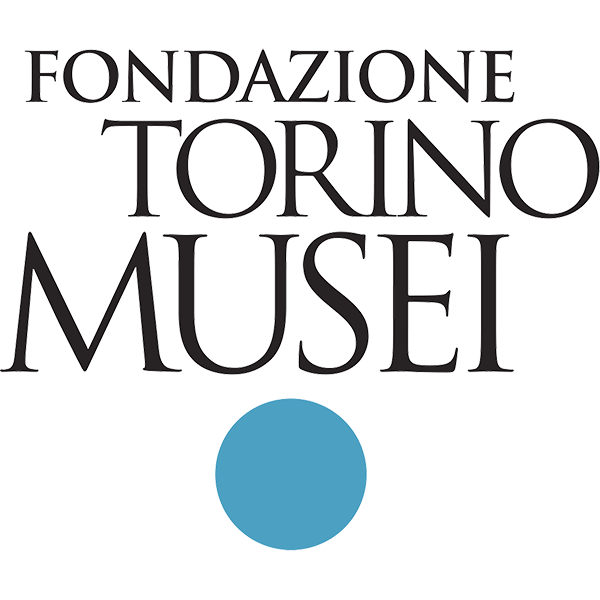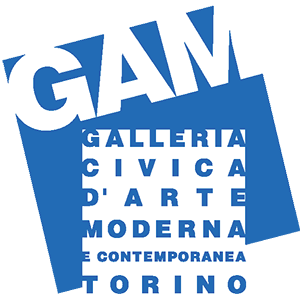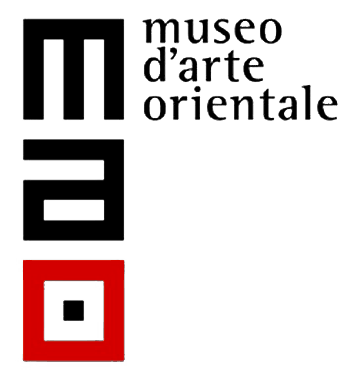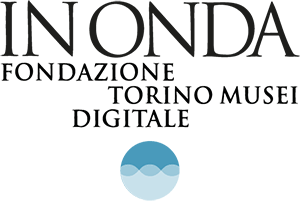Italo Cremona. All the rest is the depth of night
24 April - 25 September 2024
An anthological exhibition devoted to the work of Italo Cremona (1905-1979), an independent surrealist. In collaboration with the MART, and composed of eighty works, the exhibition itinerary will be structured chronologically with the inclusion of certain constants, his favourite subjects (pistols, representations of dreams, façades of buildings and female nudes).




















